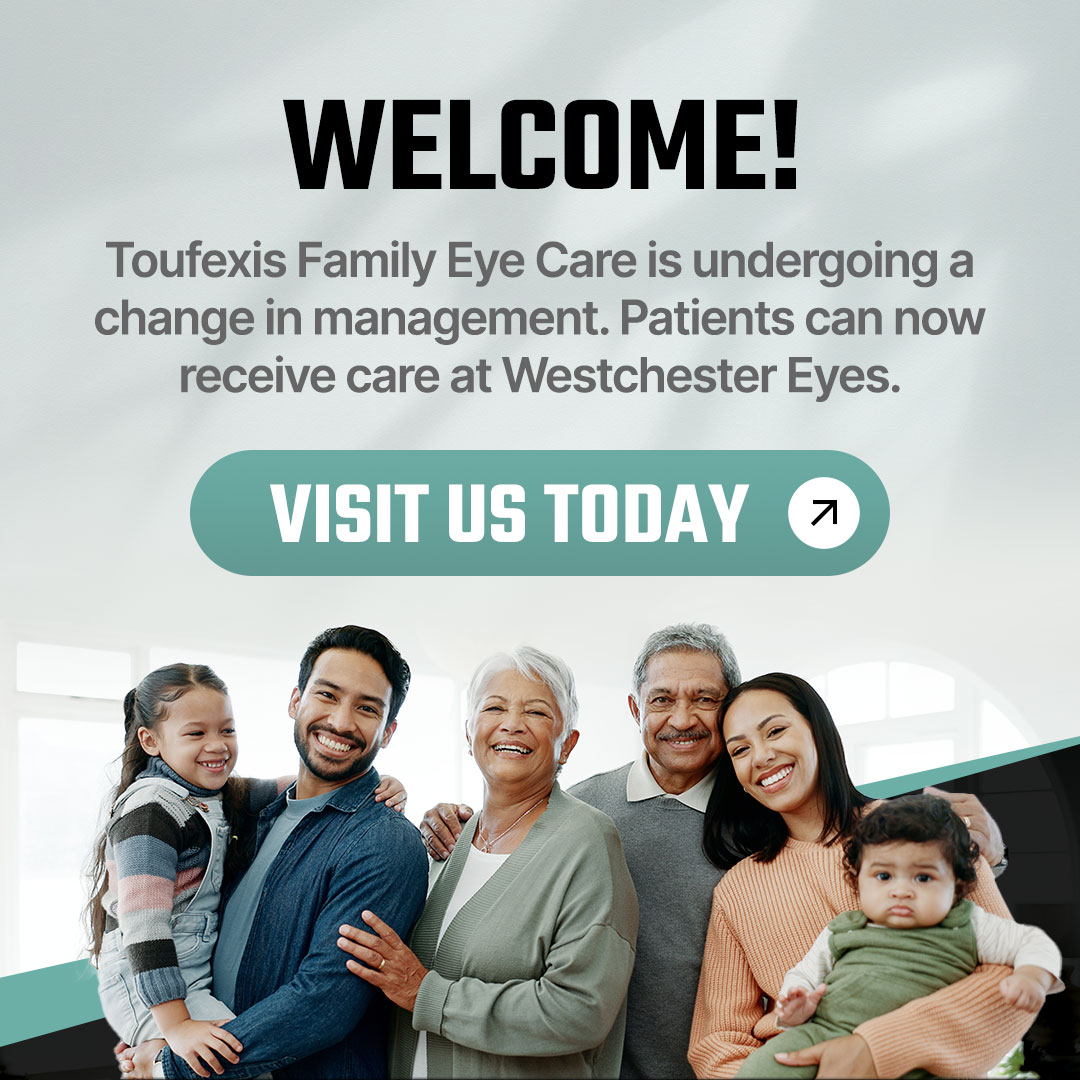
Is your child frequently squinting or holding books too close? These subtle signs might be indicators of myopia, a common vision condition. Understanding these signs early on can pave the way for proactive eye care and a brighter, clearer future for your little one.
What are the Signs of Myopia in Children?
The symptoms can vary, and in some cases, they might be subtle and overlooked. The most common sign is difficulty in seeing distant objects clearly, such as the blackboard in school or the television from a distance.
Another sign is squinting or closing one eye to see better. This happens because squinting slightly changes the eye's shape and allows it to focus. Children with myopia may also complain of headaches or eye strain, which are caused by the extra effort to focus on distant objects. Furthermore, frequent blinking or rubbing of eyes could also indicate myopia.
It's important to note that these signs might not always be obvious, especially if the child is too young to communicate their vision difficulties. Therefore, parents and caregivers should be observant of the child's behavior and habits.
Common Symptoms of Myopia
Beyond the early signs, there are more common symptoms of myopia in children that parents should be aware of. For instance, if your child frequently loses their place while reading or has trouble remembering what they've just read, it could be because they're struggling to focus on the text.
A child with myopia might also display poor performance in school, particularly in sports and other activities that require good distance vision. They might appear clumsy, often bumping into objects or tripping over things. This could be because they're unable to see objects in their path clearly.
Another symptom could be excessive tearing or eye discomfort. The child might also display a tendency to sit closer to the TV or hold books and other objects close to their face to see better. These symptoms, while common, should not be ignored as they can potentially point towards the onset of myopia.
What to Do if Your Child is Showing Signs of Myopia
If you're wondering what to do if your child is showing signs of myopia, the first and most crucial step is to schedule an eye exam with a qualified optometrist. Regular eye exams are vital as they can help detect myopia and other vision problems early.
During the examination, the optometrist will evaluate your child's vision and check for any refractive errors. If myopia is diagnosed, the optometrist will discuss the best possible treatment options with you.
Treatment Options for Children with Myopia
There are several treatment options for myopia in children. The most common treatment is prescription eyeglasses or contact lenses. These devices correct the refractive error by refocusing light directly on the retina.
Another treatment option is Orthokeratology, or Ortho-K, a non-surgical procedure involving the use of specially designed contact lenses that reshape the cornea while your child sleeps. This treatment can temporarily reduce myopia symptoms, providing clear vision during the day without the need for glasses or contact lenses.
Other treatment options include atropine eye drops, multifocal lenses, and in some cases, refractive surgery. The choice of treatment depends on the child's age, the severity of myopia, and the child's lifestyle and personal preferences.
Ensuring a Brighter, Clearer Future for Your Child
Myopia is a common vision condition that can significantly impact their academic performance and overall quality of lif. Understanding what the signs of myopia in children are and knowing what to do if your child is showing signs of myopia, is crucial for early detection and treatment.
If your child is showing signs of myopia, schedule an eye exam with Westchester Eyes at our office in Yonkers, New York. Call 914-586-EYES (3937) to book an appointment today.









